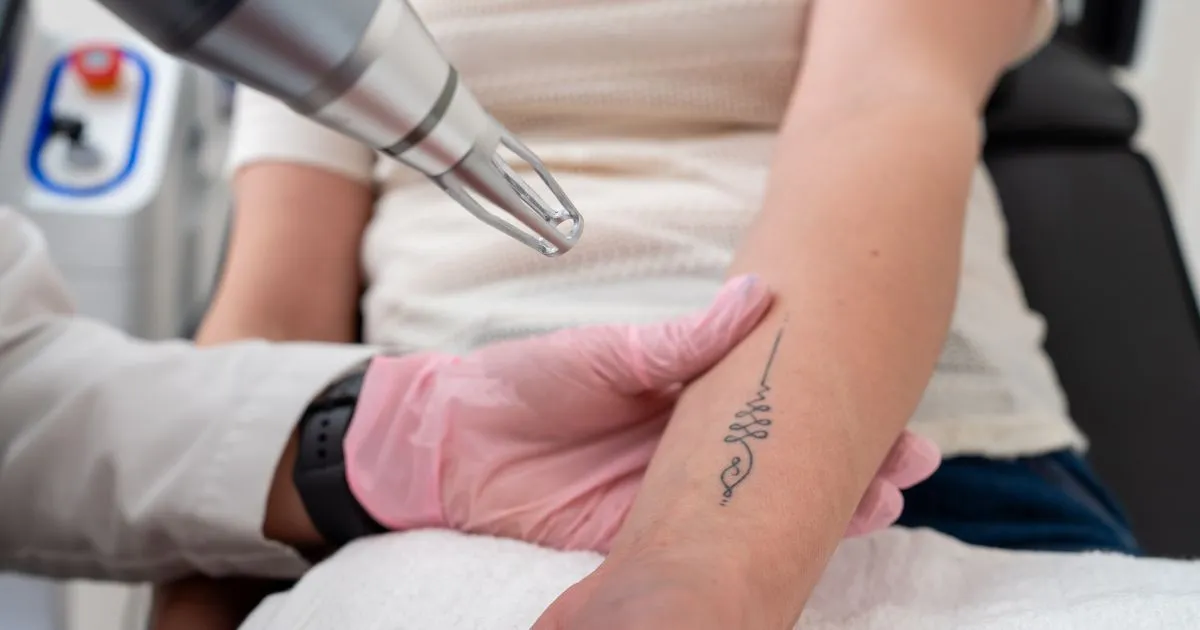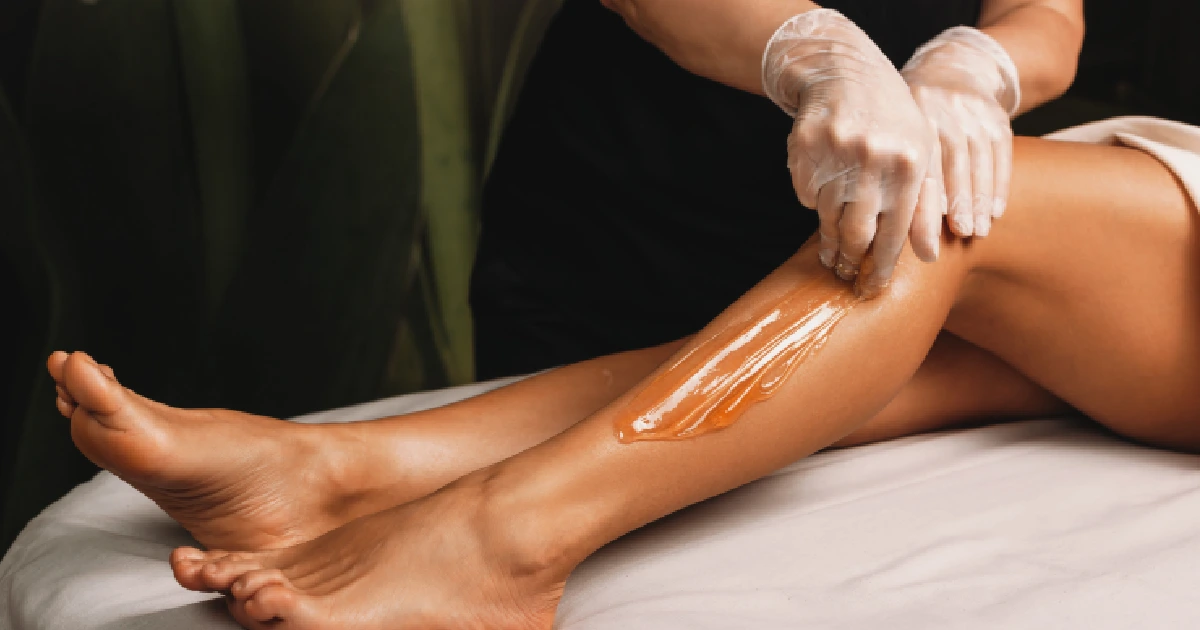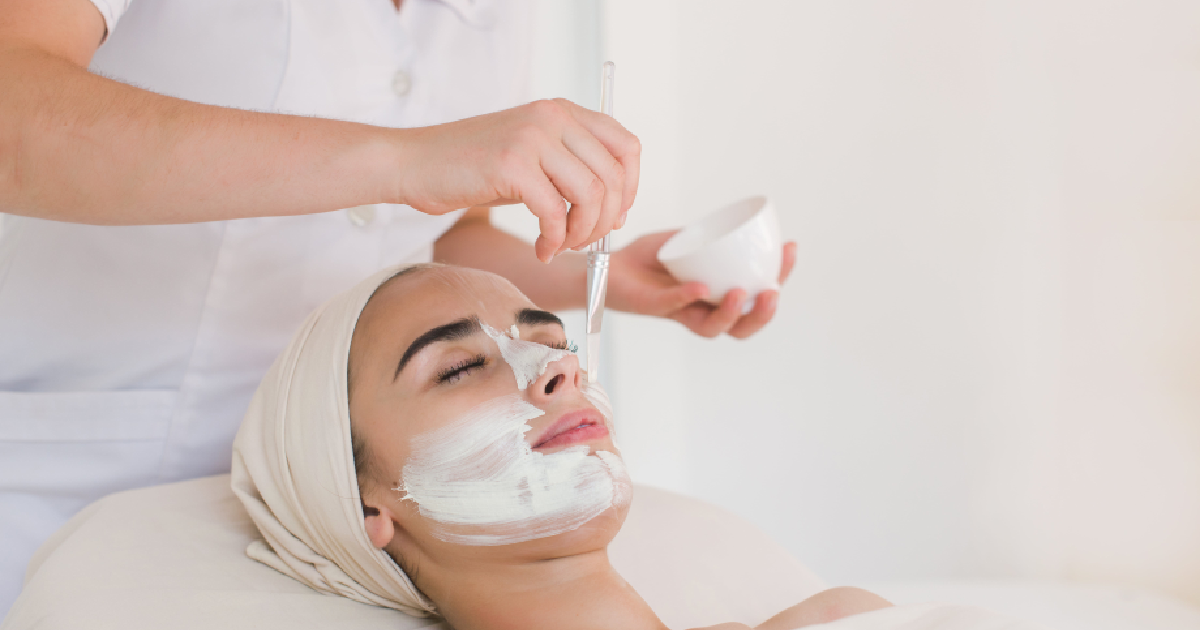Table of Contents
It’s super common to outgrow a tattoo, and thankfully, modern technology has made saying goodbye to unwanted ink easier than ever. If you’re wondering, “How many sessions does tattoo removal take?” you’ve come to the right place. Keep reading!
How Many Tattoo Removal Sessions Do You Need?
This is the million-dollar question, and the honest answer is, it varies! Several factors play a huge role in determining the number of laser tattoo removal sessions you’ll need.
At APF Medical Spa, we understand that every tattoo has its own story, and therefore, its own removal journey. That’s why we offer advanced laser tattoo removal treatments that are safe, effective, and completely tailored to your unique skin and tattoo. If you’re in Tracy, CA, or just curious about the process, understanding these factors will give you a clearer picture.
What Influences the Number of Sessions?
Let’s examine the primary factors that determine the duration of your tattoo fading journey.
1. Tattoo Size
This one seems obvious. A tiny heart on your ankle will generally take fewer sessions to remove a tattoo than a full sleeve. Larger tattoos simply have more ink to break down, which means more work for the laser.
Each session at APF Medical Spa typically lasts between 15-45 minutes, and while we can cover a good amount of ground in that time, bigger tattoos will naturally require more repeated visits.
2. Ink Density and Saturation
A faded tattoo with sparse lines will be much easier to tackle than a heavily saturated, dark tattoo. Professional tattoos often have a higher ink density and are placed deeper in the skin, making them more stubborn.
Amateur tattoos, on the other hand, often use less stable inks and are shallower, which can sometimes cause them to fade more quickly. However, some amateur inks can be unpredictable, so it’s not always a clear-cut case.
3. Color of the Tattoo
While beautiful on the skin, they can be more challenging to remove. Black ink is generally the easiest color to remove with laser technology because it absorbs the widest spectrum of light.
Darker blues and greens are also quite responsive. However, brighter colors like reds, oranges, yellows, and especially light blues and greens, can be more challenging and may require more specific laser wavelengths and, you guessed it, more sessions. Whites and pastel shades can be the trickiest of all!
4. Your Skin Tone
Your skin tone plays a role in how the laser interacts with the ink. Generally, individuals with lighter skin tones tend to see quicker results because there’s less melanin (pigment) in their skin to compete with the tattoo ink for the laser’s energy. This allows the laser to focus more effectively on the ink particles.
However, modern laser technology has made it safe and effective for a wide range of skin tones, but it’s something our expert providers at APF Medical Spa always take into consideration when customizing your tattoo treatment plan.
5. Tattoo Age
Got an old-school tattoo from way back when? Good news! Older tattoos often fade more easily than newer ones. Over time, your body’s immune system naturally tries to break down and remove the ink, causing it to lighten. So, if your tattoo has already started to look a bit faded, you might be looking at fewer sessions to achieve complete ink removal.
6. Tattoo Location
Where on your body is the tattoo located? Tattoos on areas with good blood circulation, like your torso, neck, or head, tend to fade faster because your body can more efficiently carry away the shattered ink particles. Tattoos on extremities like your hands, feet, or lower legs, which have poorer circulation, might take longer to disappear.
7. Your Immune System and Lifestyle
Believe it or not, your own body plays a huge part in the success of tattoo removal! A healthy immune system is essential because it’s responsible for clearing away the ink particles that the laser breaks down. A more effective healing and recovery process may be achieved by drinking enough water, eating a balanced diet, exercising frequently, and quitting smoking.
8. Cover-Up vs. Complete Removal
Are you looking to remove the tattoo completely, or do you just want to lighten it enough for a killer cover-up? If you’re aiming for a cover-up, you might need significantly fewer sessions. Tattoo fading for a cover-up often means just getting the existing ink light enough so that the new design can be applied effectively without the old tattoo showing through.
The Laser Tattoo Removal Process
Now that you know what influences the number of sessions, let’s discuss the process of Tattoo Removal in Tracy, CA itself. At APF Medical Spa in Tracy, CA, we safely and successfully remove tattoo ink using cutting-edge laser technology.
Consultation: You’ll meet with one of our expert providers, who will assess your tattoo, discuss your goals, explain the process, and provide an estimate of the number of sessions you may need. We’ll also address any questions or concerns you have. This is a crucial step to set realistic expectations.
The Treatment: During a session, a specialized laser emits short, intense pulses of light onto your tattoo. The ink particles absorb this light, causing them to heat up and break into small pieces quickly. Don’t worry, our providers prioritize your comfort, and while it might feel like a rubber band snapping against your skin, it’s generally very tolerable. We also use cooling methods to make the experience as comfortable as possible.
Your Body Does the Rest: Once the ink particles are broken down, your body’s immune system takes over. Those tiny fragments are then naturally flushed away through your lymphatic system. This is why consistency with your appointments and taking care of your body between sessions is so important!
How to Get Started on Your Tattoo Removal Journey
Are you prepared to begin saying goodbye to that unneeded ink? Scheduling a consultation is the first step. This is your chance to talk about your tattoo, ask any questions you may have, and receive a customized evaluation.
Book Your Free Consultation – Find out how many sessions your tattoo will need.




